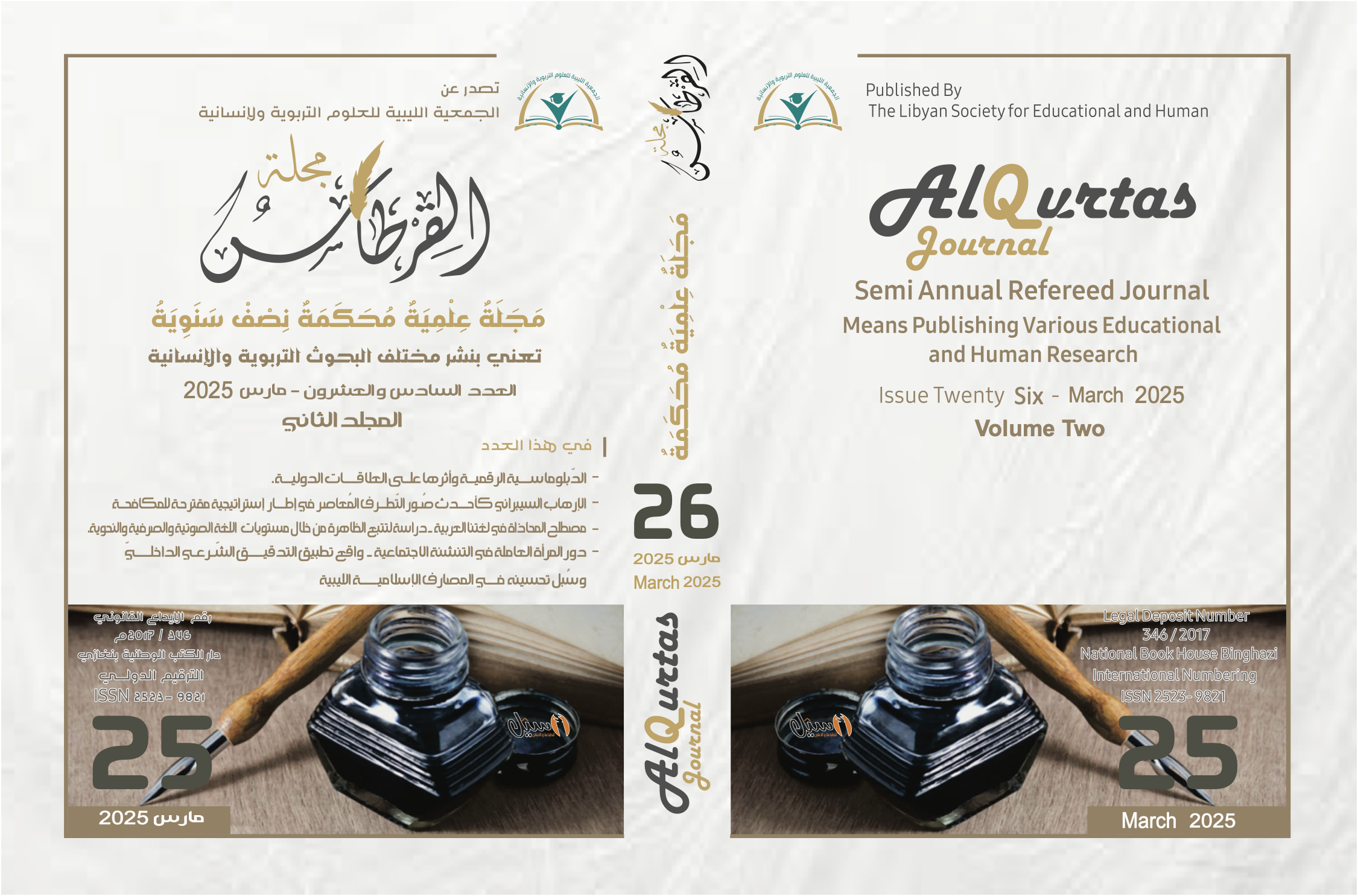قراءة نقدية في كتاب : منهج النقد التاريخي الإسلامي والمنهج الأوربي ـ للدكتور : عثمان موافي ــ دراسة تحليليةــ
محتوى المقالة الرئيسي
الملخص
يتنـــــاول الكتاب موضوعا مهما في الدراسات التاريخية المقارنة، حيث يســــلط الضوء على منهج النقد التاريخي في الفكر الإســلامي ويقارنه بالمنهج الذي تطور في أوروبا ، ويهدف الكتاب إلى تقديم رؤية تحليلية عميقة لكيفية تعامل المفكرين والمؤرخين المسلمين مع النصوص التاريخية والأحداث، وكيف تختلف المنهجيات الأوروبية التي ظهرت لاحقًا ؟ خاصة خلال عصر النهضة والعصور الحديثة. والكتاب نشرته دار الوفاء لدنيا الطباعة والنشر عام 4002م ، وعدد صفاحته ""133 استعر َ ض فيه أستاذنا الدكتور ــ" رحمه الله تعالى"ــ الأس َ س التي يقوم عليها منهج النقد التاريخي في الإسلام، مثل : المصداقية، والتحقق من السند والمتن، وكيف تعامل العلماء المسلمون مع مصادر التاريخ مثل : الأحاديث النبوية، والتاريخ الإسلامي المبكر ، كما يقارن الكتاب هذا المنهج بالتطورات التي حدثت في النقد التاريخي في أوروبا، بما في ذلك التركيز على الوثائق والمصادر الأولية والتحليل العلمي للتاريخ. وأستاذنا قد َ م في هذا الكتاب مقاربةً نقديةً وتحليليةً لكلا المنهجين، مبينًا نقاط التشابه والاختلاف، وأهمية كل منهج في تقديم قراءة للتاريخ؛ ونظـــــرا لأهمية هذا الكتاب أقبل عليه القراء ينهلون مما جاء فيه، فقد آثرنا أنفسنا على قراءة هذا الكتاب قراءة نقدية تحليلية مبينين فيها أهم القضايا التي تناولها الكتاب. ويحاول البحث أن يجي َ ب عن عدةِ أسئلة وهي: ما أهمية الرواية؟ ما مصادر رواية الخبر عند المسلمين والأوروبيين؟ ما الفرق بين المصادر الشفاهية والمكتوبة؟ ما أوجه الاتفاق والاختلاف بين منهج النقد التاريخي الإسلامي والمنهج الأوروبي؟ وجاء البحث في مقدمة ومبحثين وخاتمة وقائمة للمصادر والمراجع. وقد اعتمدت الدراسة على المنهج التحليلي.
